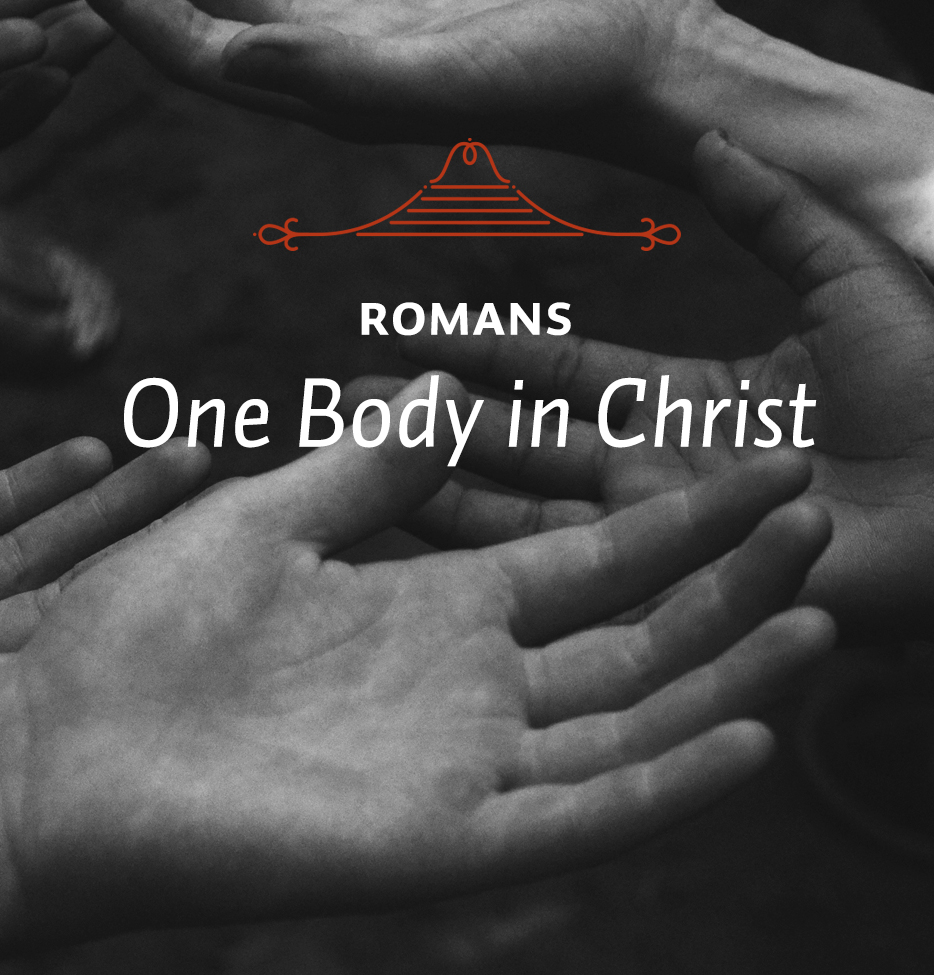What is the Church? Most of us know that the church is not a building, though we say, “I’m going to church,” meaning a building, or we speak about “building a church,” again meaning a building. We know that the church is people. But how do these people fit into a particular congregation or a denomination in our thinking? We talk about the Episcopal Church or the Presbyterian Church or the Baptist Church. Are they “churches,” even “the one true church” as some claim? Are they even churches at all? And what about the people in these denominations? Are all of them members of the church? If so, in what sense? Does membership in a particular organization make you a church member? What about those who watch services on television? Or what about those who were baptized and attended church at one time but who no longer attend?
Paul’s image is very helpful at this point. For when he speaks of the body of Christ, obviously he is speaking of those who belong to Christ, who are joined to Him in exactly the sense in which he speaks about our being joined to Christ in Romans 5 and elsewhere. This is a spiritual reality, invisible but supremely real. It is something that is accomplished by the Holy Spirit, and it has to do with faith in Christ by which we become new creatures, having passed out of our death-union with Adam to a new life-union with the Savior.
Charles Colson wrote a book on the church called The Body, in which he complained of a lack of definition and identity by supposedly Christian people. “The church, the body of God’s people, has little to do with slick marketing or fancy facilities. It has everything to do with the people and the Spirit of God in their midst,” he said.1
John Stott has written, “The church is a people, a community of people, who owe their existence, their solidarity and their corporate distinctness from other communities to one thing only—the call of God.”2
Strictly speaking, the Church of Jesus Christ, created by Jesus from among all peoples, is a New Testament reality. That is why the word “church” is found only in the New Testament. It is why Jesus used the future tense when he replied to Peter’s great confession in Matthew 16 by saying, “On this rock I will build my church” (v. 18). This church began at Pentecost when people from all nations were brought to faith in Jesus by the Holy Spirit. Acts lists them as having been “Parthians, Medes and Elamites; residents of Mesopotamia, Judea and Cappadocia, Pontus and Asia, Phrygia and Pamphylia, Egypt and the parts of Libya near Cyrene; visitors from Rome (both Jews and converts to Judaism); Cretans and Arabs” (Acts 2:9-11).
But this is not quite the whole story. If the Church is the community of those who have been called by God, as Stott suggests in his definition of the Church, then the Old Testament believers belonged to the Church of Jesus Christ too. This is because they looked forward to Christ’s coming and were joined to Him by faith, just as we look back.
The key concept here is the covenant. This covenant is expressed in God’s call of particular individuals (and not others) and by His entering into a formal agreement to save, protect and bless them. For their part, the individuals are required to believe, worship and obey God. Adam and Eve were part of this initial covenant, and so were their godly descendants listed in Genesis 5. We see the idea of a covenant formally and most clearly set out in God’s calling of Abraham, with whom a special stage in the history of the Old Testament “church” begins. God said, “Leave your country, your people and your father’s household and go to the land I will show you. I will make you into a great nation and I will bless you” (Gen. 12:1-2).
Later that covenant was ratified by a ceremony in which God foretold the future history of Abraham’s descendants and promised them a land of their own, “from the river of Egypt to the great river, the Euphrates” (Gen. 15:18; see vv. 12-21). Abraham’s response was to believe God and worship Him.
We find the same pattern in God’s dealings with Abraham’s son Isaac, and with Jacob, Abraham’s grandson. In each case there is the call of God joined to a covenant promise, and this is followed by faith, worship and obedience on the people’s part.
So the church consists of these people, those whom God has called from all times and from all places and has joined to Jesus Christ.
1Charles Colson with Ellen Santilli Vaughn, The Body (Dallas, TX: Word, 1992), 49.
2John R.W. Stott, One People (London: Falcon, 1969), 15.






